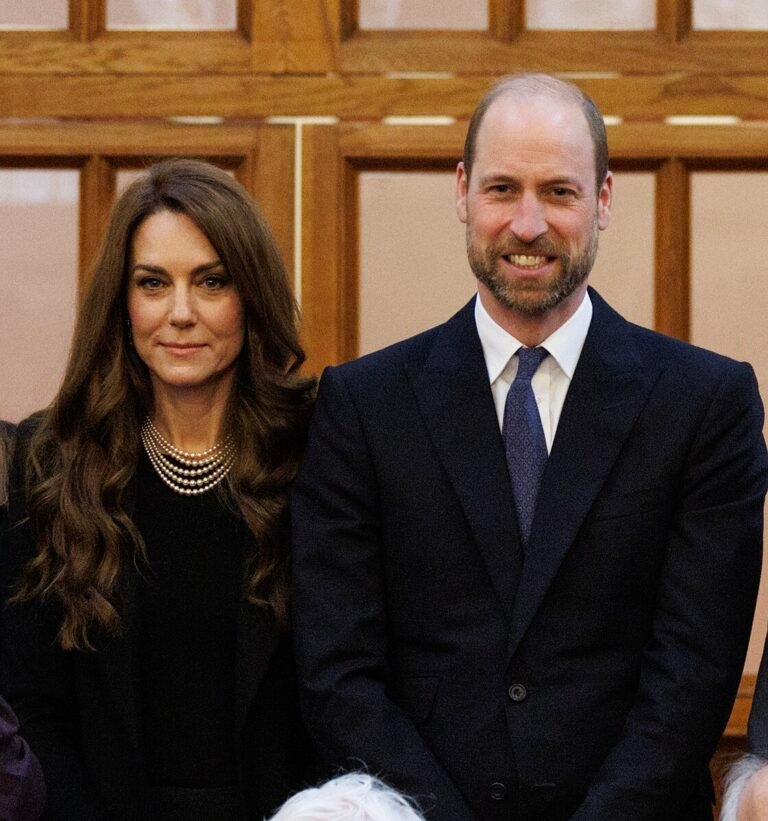It has been reported that the jobs market of the UK is showing a cooling effect, with fewer individuals being placed in permanent jobs and wage growth slowing. Big employers have been found to make fewer hires and more redundancies. This slowdown has been observed for almost two years, and the pace of pay rates is still on the rise, though slowing down. The Bank of England is keeping a very close eye out on these trends in making its decisions on future interest rate changes.

UK job market cools Recent reports state that the UK job market is currently cooling. Big companies are hiring fewer permanent employees and are even letting some workers go. This has for close to two years. The number of job placements in July according to the latest figures from a survey by the Recruitment and Employment Confederation (REC) and KPMG was lower. This drop reflects on the weakening job market and the easing in growth of the wages.
In that survey, covering 400 recruitment and employment consultancies, the recruitment consultants found the number of permanent job placements, and the pace of wage growth fell. The bigger companies will recruit fewer ñ plus increasing numbers of dismissals. The trend is certainly there from those statistics on temporary vacancies. They too have been falling.
Despite these improvements companies still attract employees by offering more pay, this in spite of the fact that wage increases are not so higher as is the situation for the months behind. This situation could imply that, although companies are now dishing out more on the part concerning wage, this is not so aggressive as before, which is to say, companies are offering more pay rise by giving it more thought.
The Bank of England lowered its borrowing costs to their lows in more than forty-eight years. This came after inflation rates hit a 2% target in May and June, a level targeted towards price stability. The central bank is now on a watch in the job market and the wage tendencies. They want to see if the labor market continues to slow down, wage growth continues to be low, and prices in the service sector stabilize before making more decisions on the interest rates.
The Bank of England also said that inflation is likely to edge temporarily above the 2% target in coming months due to rising wage growth and service sector prices but that it will fall back to around 1.7% two years out and to 1.5% by 2027. Financial analysts are now expecting the central bank to hold rates steady at 5% in its next meeting, coming up on September 19. They believe that rates can be cut to about 3.5% by the end of next year.

The report by REC/KPMG points out that job available vacancies have recorded a decline in July. This fall shows that the hiring demand is not getting stronger in the way it should. The temp billings placed also have a slight fall. The fall is minor, but it is still a fall. Despite the notable rise in the compensation for temporary jobs taken, the gain reveals the slowest speed since three and half years.
Kate Shoesmith, deputy chief executive at the REC, said: “The fact that both salaries and temporary pay have posted slower growth suggests that employers are fine-tuning pay rates in line with inflation. She added: “A cut in the Bank of England interest rate may be a positive step, but it will take a lot more support to make sure employers remain confident.

Summing up, the UK labor market shows tentative signs of moderating after weaker official data on the number of permanent jobs created and softer wage growth. It goes on to say that firms are still offering improved pay to entice staff, although at a slower pace of increase. The Bank of England is watching these trends as a cue to its next move on interest rates. But for the time being, with the labor market and wage growth going into reverse, that could possibly have negative repercussions for both employers and employees over the next few months.











